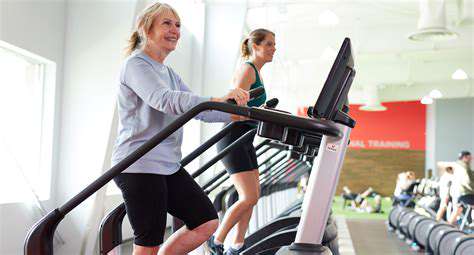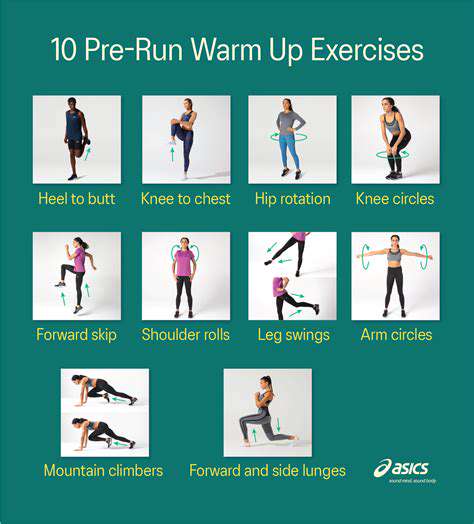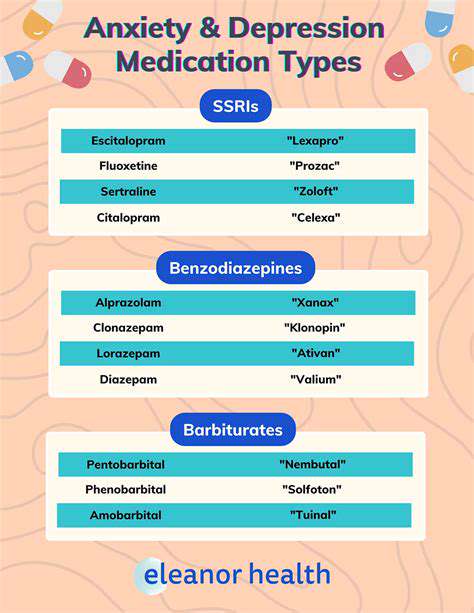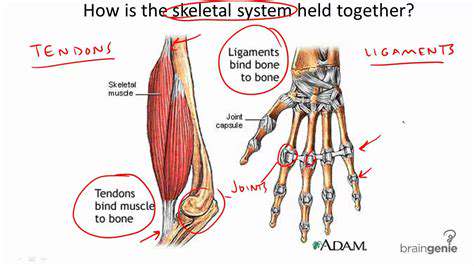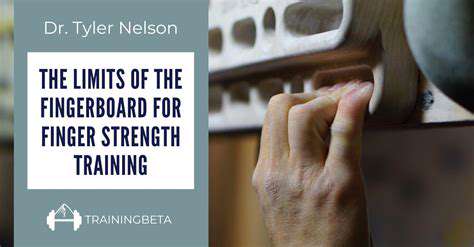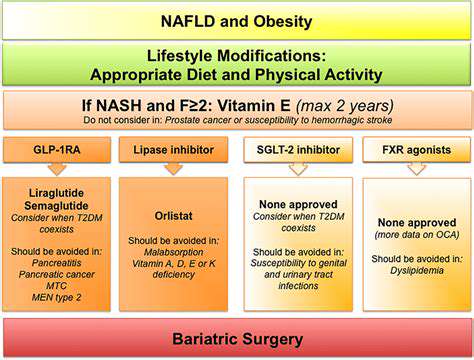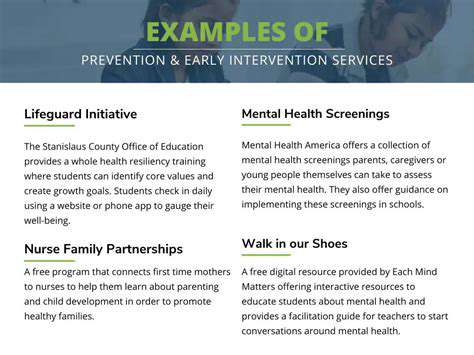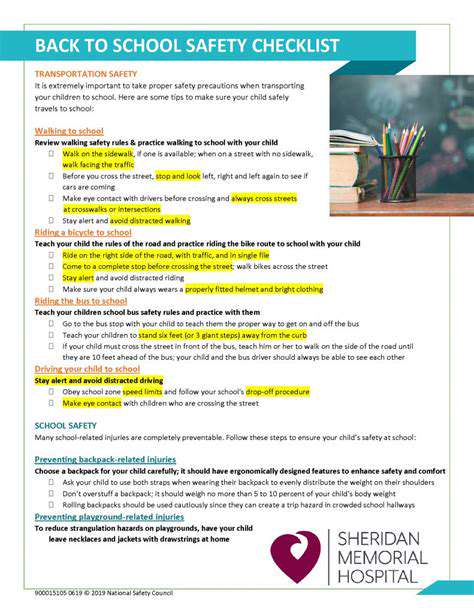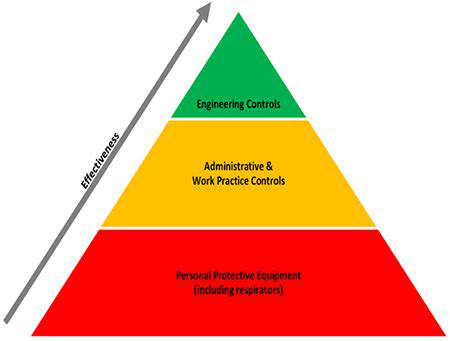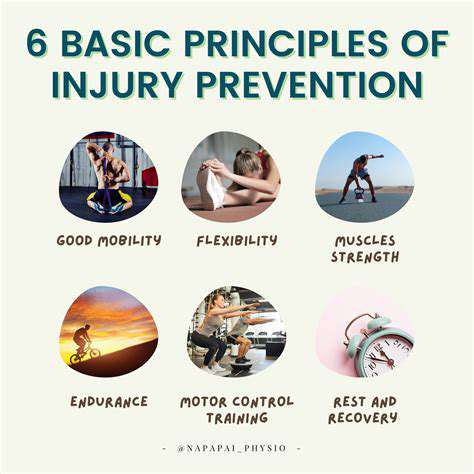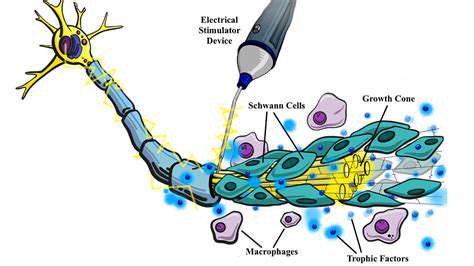Workouts to Enhance Finger Functionality
Grip Strengthening Exercises
Your grip tells a story about your hand strength, but it's just one chapter. Tools like adjustable hand grippers allow progressive training - start with light resistance and increase as your strength improves. Even simple actions like wringing out a towel engage multiple finger and forearm muscles simultaneously.
For office workers, try this: keep a tennis ball in your drawer and squeeze it during phone calls. Alternate between firm holds and quick pulses. These small efforts compound into noticeable strength gains over weeks of consistent practice.
Using Tools and Equipment
Your environment is full of strength-building opportunities if you know how to use it. That heavy cast iron pan? It's now part of your training when you focus on controlled lifting and carrying. Kitchen tongs become dexterity trainers when you practice picking up small items with them.
The trick is mindfulness - turn everyday actions into intentional exercises. Carrying groceries? Alternate between finger grip and palm carry to work different muscles. Opening jars? Focus on smooth, controlled twisting motions rather than sudden jerks.
Progressive Overload and Consistency
Like any fitness journey, finger training follows the principle of gradual challenge. This measured approach prevents plateaus while allowing your tendons and ligaments to adapt safely. Consider keeping a simple log to track your progress - noting resistance levels or repetitions helps maintain motivation.
Remember that rest days matter too. Muscles rebuild during recovery, so alternate intense sessions with lighter mobility work. The most effective routine is one you can sustain long-term without burnout or injury.
Beyond Strength: Enhancing Finger Dexterity
Beyond the Grip: Finger Independence
True finger mastery comes from independent control. Watch a concert pianist - their fingers move like individual performers in perfect coordination. Start by isolating each digit: press one finger down while keeping others lifted. This simple drill reveals how connected our fingers truly are.
Advanced variations include finger waves - sequentially lifting and lowering each finger like a piano roll. At first this feels alien, but with practice your brain rewires to grant unprecedented individual control. This skill transfers to everything from typing speed to delicate tool manipulation.
Precision in Small Movements
Micro-movements separate adequate from exceptional dexterity. Try placing several coins on a table and flipping them one by one using only fingertip pressure. This tests both precision and isolated muscle control. Another challenge: practice buttoning shirts or tying knots with your non-dominant hand to build new neural pathways.
The Role of Grip Strength and its Impact
While crushing grip strength impresses at parties, it's the delicate balance between power and control that creates true hand mastery. The finest surgeons and watchmakers don't necessarily have the strongest grips - they have the most precisely calibrated finger movements. Adjust your training to include both heavy resistance work and delicate manipulation exercises.
Beyond the Gym: Everyday Dexterity Enhancers
Your daily routine hides countless dexterity drills. Use chopsticks for meals to refine your pincer grasp. Try shuffling cards different ways to challenge coordination. Even smartphone typing can become training if you focus on accuracy over speed. The key is conscious engagement - perform actions mindfully rather than automatically.
Adapting Exercises for Specific Needs
An office worker's needs differ from a rock climber's, yet both benefit from smart finger training. Assess your daily demands: Do you need endurance for long typing sessions? Precision for detailed work? Adjust your exercises accordingly. Someone recovering from injury might focus on gentle mobility, while an athlete could incorporate sport-specific drills. Listen to your body's feedback and evolve your routine over time.
